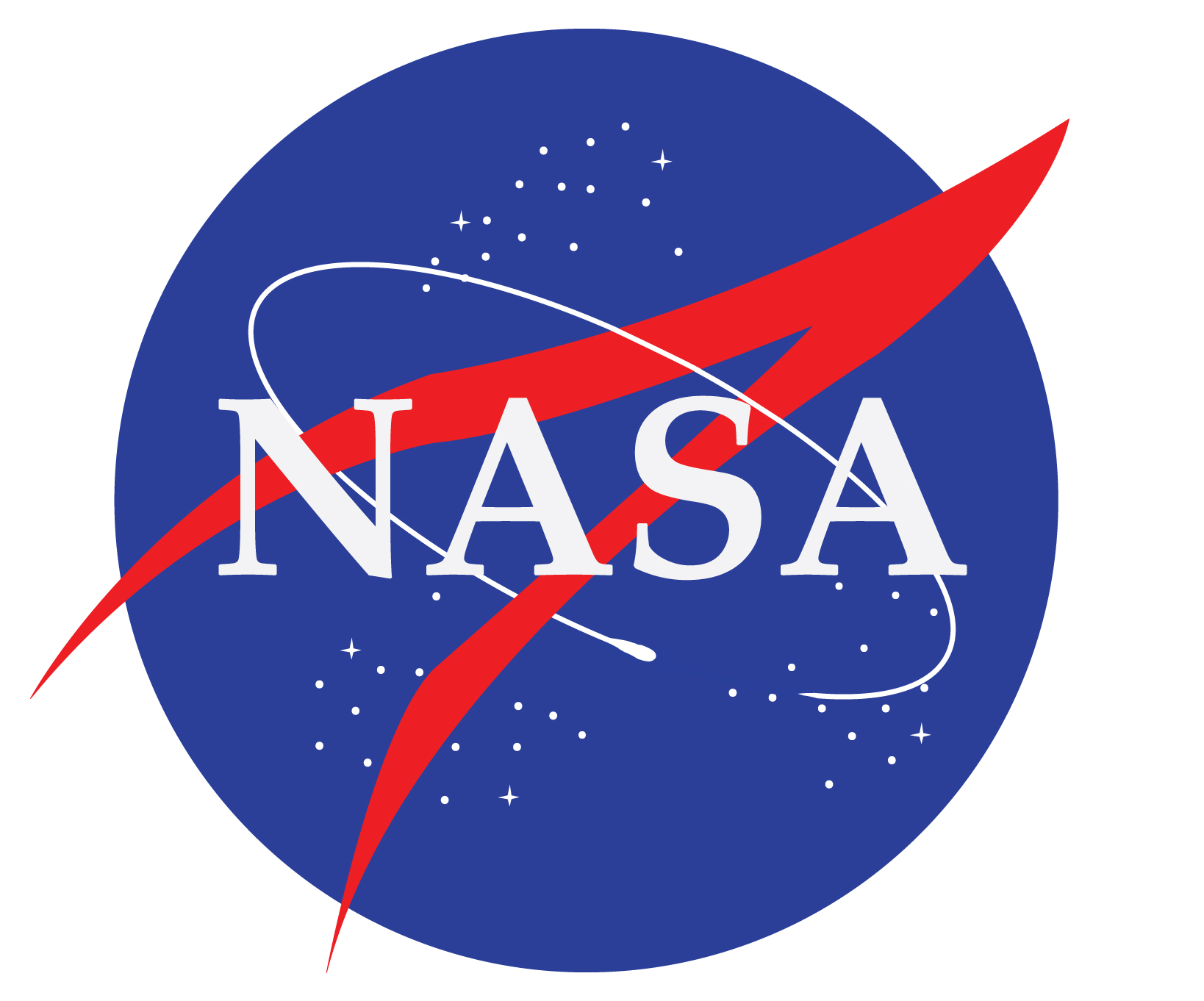I have posted about rotating detonation propulsion systems before. There has been ongoing research that needs an update. Explosions get more energy out of a given amount of fuel than simple combustion. However, your engine must be able to withstand the stress. NASA believes that the rotating detonation engine (RDE) could be the future of deep space missions. It is getting strong results in prototype testing.
Combustion engines are reliable and well understood. The combustion process of oxidizing fuel in air is relatively slow and predictable. Detonation, on the other hand, is chaotic and destructive. It is how most bombs work. Explosive fuel is hit with a jolt of energy and the chemical bonds holding each molecule together break apart. This releases huge amounts of energy in a shockwave that expands at supersonic speed.
NASA along with many other organizations would like to harness explosions for a couple of key reasons. First, detonation engines have a considerably higher theoretical level of efficiency than combustion engines, perhaps as much as twenty five percent. They should be able to produce more thrust using less fuel and a smaller rocket. In the engineering and economics and space flight, that results in cheaper launches, more billable payloads, and greater distances.
RDEs are also relevant to hypersonic flight. Combustion engines can only operate at subsonic airspeeds. In order to go to supersonic or hypersonic velocities, the intake air needs to be rapidly decelerated to a subsonic speed for combustion to take place. This process generates heat and drag. Detonation occurs at supersonic speeds. In addition to greater efficiency, heat and drag in hypersonic applications since you don’t need to slow the air down nearly as much.
As opposed to oblique wave detonation engines or pulse detonation engines, RDE engines employ ring-shaped chambers and precisely-times fuel injection to generate constant thrust. Each explosion sends out a shockwave that produces thrust. However, it also travels around the ring to trigger the next explosion.
Several different groups are now reporting successful test firing of rotating detonation engines. These groups include the University of Central Florida, working with the Air Force Research Laboratory, Australia’s RMIT working with DefendTex, Houston company Venus Aerospace, Aerojet Rocketdyne and others. Jaxa, the Japanese space agency has even gone so far as to test a small RDE engine in space.
NASA is keeping it testing on Earth for the time being. However, now it has announced the successful testing of a small RDE last year in partnership with Indiana company In Space LLE. The RDE engine was fired “over a dozen times, totaling nearly 10 minutes in duration.” This indicates that it has clearly handled the major challenge for the RDE development.
The RDE engine is built using powder bed fusion 3D printing which incorporated NASA’s own GRCop-42 copper alloy. NASA says that this material is important because of its ability to withstand the extreme conditions of sustained detonation without overheating.
NASA says, at full throttle, the RDE produced “over 4,000 pounds of thrust for nearly a minute at an average chamber pressure of 622 pounds per square inch, the highest pressure rating for this design on record.” This testing included “successful performance of both deep throttling and internal ignition.”
With the announced promising results, NASA has announced that it is scaling up to a full reusable RDE in the ten thousand pounds thrust class. The NASA team hopes that it will be able to start demonstrating performance benefits over regular rocket engines.
